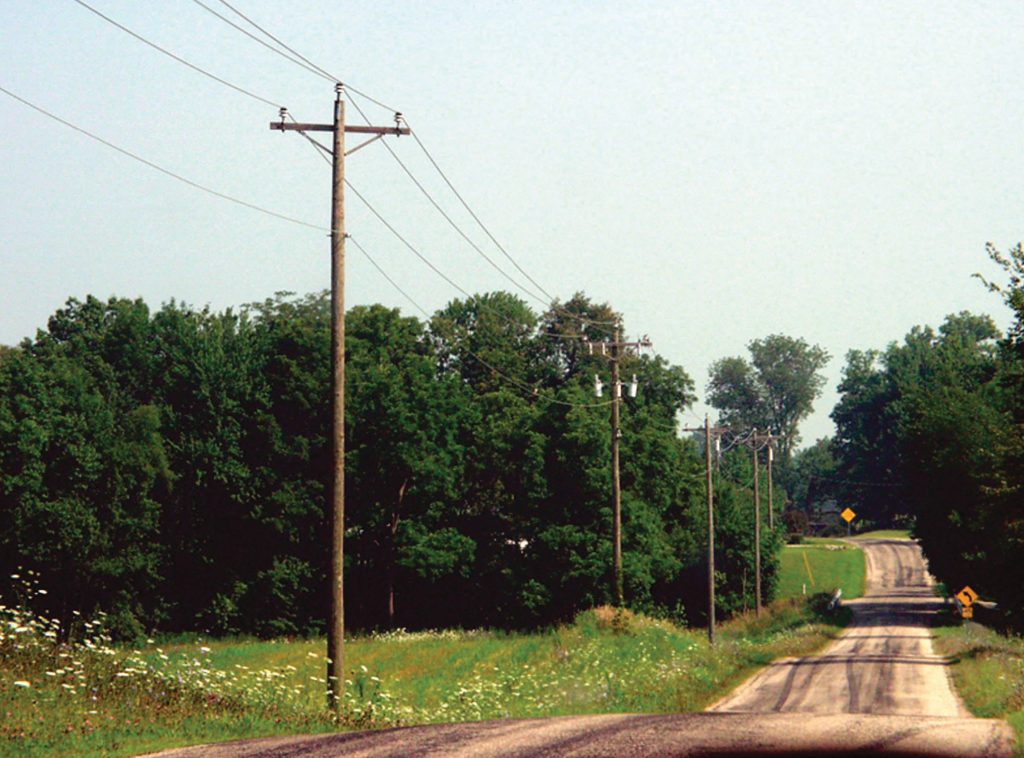
President, Southwest Tennessee EMC
Board President, TECA
It’s a question I hear a lot. “Why is the electric cooperative so focused on tree-trimming? It seems like I see crews out working all the time.” First of all, let me assure you: We don’t do it because we just like to cut down trees.
Along with our members, Tennessee’s electric cooperatives value trees for their beauty and for the environmental benefits they offer. Managing vegetation near power lines is something we are actually required to do as part of the National Electrical Safety Code. It’s all about keeping the lights on for co-op members. You see, contact with tree limbs is the No. 1 cause of power outages on our systems. Vegetation management is a critically important part of our obligation to provide safe and reliable electricity to those we serve.
Some folks wonder why we can’t just wait until the trees on their property actually cause an outage before we trim. Well, that’s kind of like closing the barn door after the horse is out! What we try to do is anticipate potential issues and address them proactively in order to prevent disruptions in service and also to avoid the much-higher costs associated with repairing damaged infrastructure.
During severe storms or when the soil is saturated from heavy rain, falling trees can bring down lines and break the poles holding them. But that kind of worst-case scenario is not necessary for power outages to occur; a broken branch can easily bring wires together, creating a disruption in service that can impact not just you but many of your neighbors as well.
When our crews are working to restore power after storm damage, they need safe, tree-free margins in which to pull wires and set poles. By maintaining an adequate distance between your trees and our infrastructure, we also reduce risk to you and your family from accidental contact with energized lines. Sometimes, we’re able to maintain this space by trimming carefully and judiciously. In other instances, it may be necessary to remove a tree altogether.
Now, as a former tree-climbing kid myself, I can tell you that I spent many carefree hours daydreaming amid the branches. The job I have now, of course, requires me to think about trees in a whole different way. When asked, I’m able to tell members in all honesty that we never trim or remove a tree unless there are clear and compelling reasons to do so. Those reasons are the best I can think of: to keep people safe and keep the lights on.



